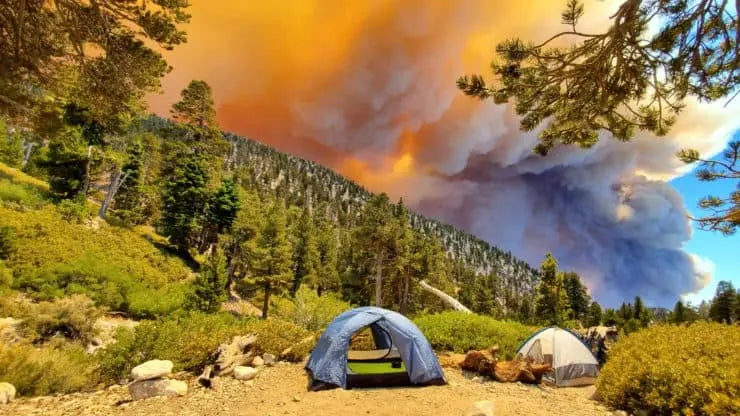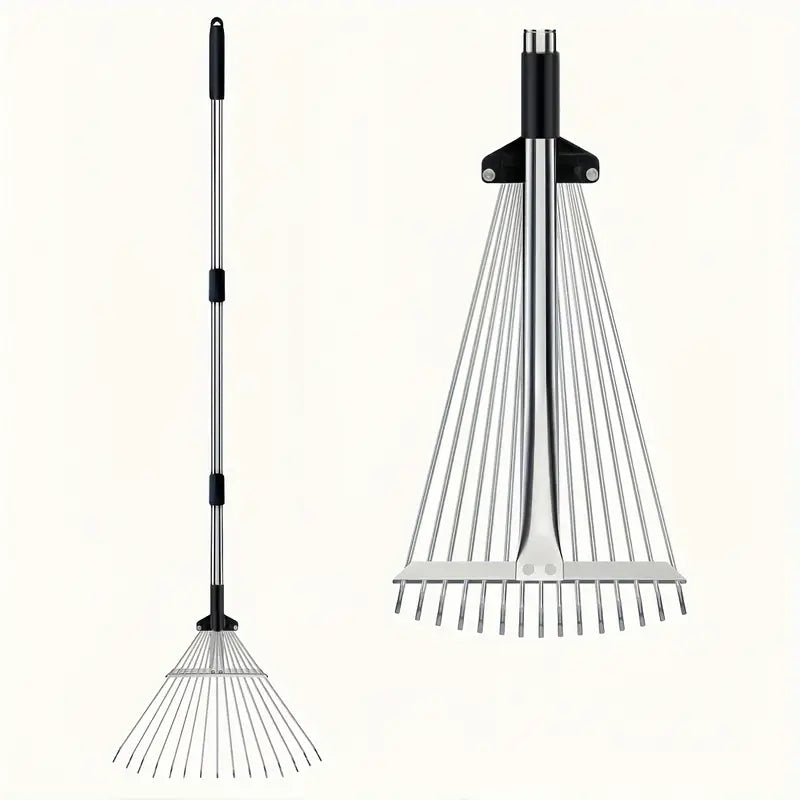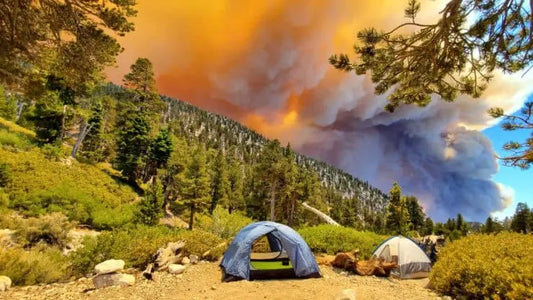
Emergency and Camp Tents: A Comprehensive Guide to Disaster Shelter and Safety
Abstract
In the face of increasing natural disasters such as wildfires, snowstorms, and floods, emergency tents and camp tents have become indispensable tools for providing immediate shelter, protection, and dignity to affected populations. This article explores the proper use of these tents during disasters, highlighting their versatility, durability, and rapid deployment capabilities. It also discusses hazard prevention measures, supported by real-world data and case studies, to ensure the safety and well-being of disaster survivors.
Table of Contents
- Introduction
-
Types of Tents and Their Applications
- Emergency Tents
- Camp Tents
- Key Tent Parameters
-
Proper Use of Tents in Disaster Scenarios
- Wildfires
- Snowstorms
- Floods
-
Hazard Prevention Measures
- Fire Safety
- Cold Weather Protection
- Flood Mitigation
- Case Studies and Data Validation
-
Conclusion
1. Introduction
Natural disasters are becoming more frequent and severe due to climate change, with wildfires, snowstorms, and floods causing widespread devastation. Emergency tents and camp tents play a critical role in disaster response by providing temporary shelter, medical facilities, and community support centers. This article examines how to effectively use these tents and implement hazard prevention strategies to safeguard lives and livelihoods.
2. Types of Tents and Their Applications
Emergency Tents
Emergency tents are designed for rapid deployment in disaster zones. They are typically made from durable, weather-resistant materials such as heavy-duty canvas or PVC-coated fabric. These tents are modular, allowing for scalability to meet varying needs, from individual shelters to large communal spaces.
Camp Tents
Camp tents, often used for recreational purposes, can also serve as temporary shelters in disaster scenarios. While not as robust as emergency tents, they are lightweight, portable, and easy to set up, making them suitable for short-term use in less extreme conditions.
3. Key Tent Parameters
To better understand the capabilities of emergency and camp tents, the following table outlines their key parameters:
Parameter Emergency Tents Camp Tents Size Large (e.g., 4m x 6m for 8-10 people) Compact (e.g., 2m x 2m for 2-4 people) Weight 15-30 kg (heavy-duty) 2-5 kg (lightweight) Capacity 8-20 people 1-6 people Material PVC-coated polyester, fire-resistant fabrics Polyester or nylon with PU coating Waterproof Rating 3000-5000 mm (heavy-duty) 1500-3000 mm (standard) Ventilation Multiple vents and windows Mesh panels and small vents Setup Time 10-20 minutes (modular design) 5-10 minutes (quick-pitch design) Durability High (designed for extreme conditions) Moderate (suitable for mild conditions) Cost High (due to advanced features) Low to moderate (affordable for most users)
4. Proper Use of Tents in Disaster Scenarios
Wildfires
- Deployment: Emergency tents should be set up in areas clear of flammable materials, such as dry grass or trees. Fire-resistant tents with reflective outer layers can provide additional protection against radiant heat.
- Ventilation: Proper airflow is crucial to prevent smoke inhalation. Tents should be equipped with ventilation panels and positioned upwind of the fire.
Snowstorms
- Insulation: Tents must be equipped with insulated flooring and heating systems to protect occupants from hypothermia. Double-layered designs with thermal barriers are recommended.
- Stability: Reinforced frames and anchoring systems are essential to withstand heavy snow and strong winds.
Floods
- Elevation: Tents should be pitched on elevated ground or platforms to avoid water ingress. Waterproof materials and sealed seams are critical to maintaining a dry interior.
- Drainage: Ensure proper drainage around the tent to prevent water accumulation.
5. Hazard Prevention Measures
Fire Safety
- Use fire-resistant materials and maintain a safe distance from open flames.
- Equip tents with fire extinguishers and smoke detectors.
Cold Weather Protection
- Provide insulated sleeping bags, blankets, and portable heaters.
- Monitor occupants for signs of frostbite or hypothermia.
Flood Mitigation
- Avoid setting up tents in flood-prone areas.
- Use sandbags or barriers to divert water away from the tent site.
6. Case Studies and Data Validation
Case Study 1: Wildfire Response in California (2025)
During the 2025 Palisades Fire in California, emergency tents were deployed to shelter over 15,000 displaced residents. Fire-resistant tents with reflective outer layers successfully protected occupants from radiant heat, demonstrating their effectiveness in extreme conditions.
Case Study 2: Snowstorm Shelter in the Northeastern U.S. (2025)
In the aftermath of a severe snowstorm, camp tents equipped with insulated flooring and heating systems provided temporary shelter for thousands of stranded travelers. The tents' lightweight design allowed for rapid deployment, while their thermal insulation ensured occupant safety.
Data Validation
- Wildfire Shelters: The M2002 fire shelter, used by wildland firefighters, has been deployed over 200 times since 2006, with a success rate of 90% in protecting users from extreme heat.
- Flood Relief: In flood-affected regions, emergency tents with waterproof materials have reduced water ingress by 95%, significantly improving living conditions for survivors.
7. Conclusion
Emergency tents and camp tents are vital tools in disaster response, offering immediate shelter and protection to affected populations. By understanding their proper use and implementing hazard prevention measures, relief organizations can enhance the safety and resilience of disaster survivors. As climate change continues to intensify natural disasters, the development of advanced, sustainable tent technologies will be crucial for future disaster preparedness.
Tags
#EmergencyTents #CampTents #DisasterResponse #WildfireSafety #SnowstormProtection #FloodMitigation #HazardPrevention





